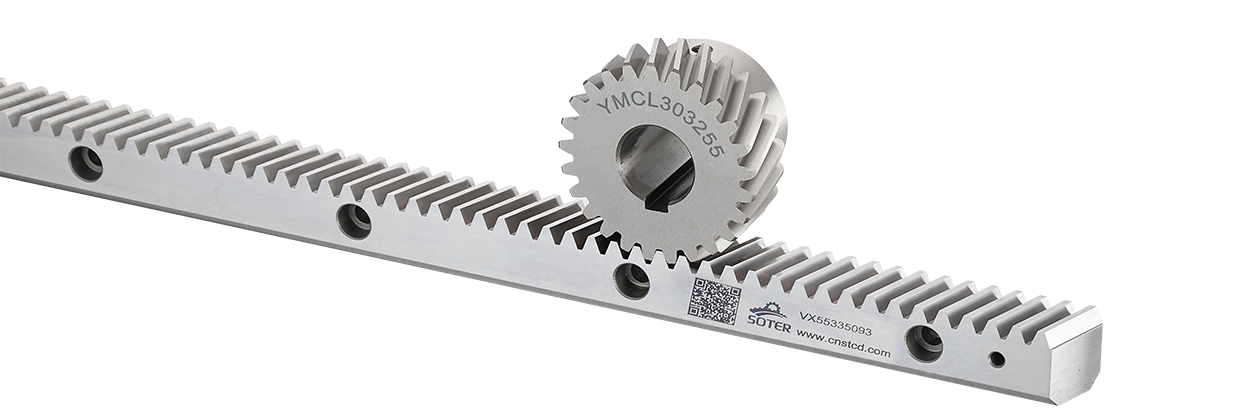Jun 06, 2025
Understanding the Role of the Module in Gear Rack Design
In gear engineering, the module is a critical parameter that defines the size and spacing of the teeth on a gear or gear rack. It is typically expressed in millimeters and directly impacts the geometry of both the gear and the rack it engages with. When it comes to a Straight Gear Rack, the module size plays a fundamental role in determining not only the overall strength of the rack but also its precision, load capacity, and suitability for various mechanical systems.

Larger Module Sizes and Their Advantages
Straight Gear Racks with larger modules, such as M4, M6, or higher, are commonly used in heavy-duty applications where high force transmission is essential. These larger modules feature thicker and deeper teeth, which are better able to withstand heavy loads and provide longer service life under stress. They also offer greater resistance to wear and deformation, making them ideal for industrial machinery, automated gantries, and lifting equipment. However, larger modules may also produce more noise and have reduced accuracy in high-precision environments.
Smaller Modules for Precision and Smooth Operation
On the other end of the spectrum, Straight Gear Racks with smaller modules like M0.5, M1, or M1.5 are typically used in precision applications such as robotics, instrumentation, and optical systems. These racks have finer teeth and allow for smoother motion, minimal backlash, and more accurate positioning. They are preferred in systems where compact size, low torque, and minimal vibration are priorities. However, the trade-off is that they cannot handle as much load and may wear more quickly under constant or excessive force.
Impact on Backlash and Positioning Accuracy
The choice of module significantly influences backlash, which is the small amount of clearance between mating gear teeth. Smaller module racks inherently allow for tighter clearances, reducing backlash and improving the precision of movement. This is especially important in CNC machines, laser cutters, and medical devices, where even slight inaccuracies can compromise functionality. Larger module racks, while more robust, often require additional design considerations to compensate for increased backlash in motion-sensitive applications.
Durability and Wear Considerations
As the module size increases, so does the contact surface area of the gear teeth. This generally causes improved durability, as the load is distributed across a larger area, reducing stress on individual teeth. For applications involving continuous movement or repetitive motion under load, a larger module can extend the operational life of the Straight Gear Rack. In contrast, smaller modules require more frequent maintenance and careful alignment to avoid accelerated wear and potential failure.
Application-Specific Trade-Offs
Choosing the correct module for a Straight Gear Rack is always a balance between strength, precision, and operational requirements. In automated warehouse systems or heavy presses, larger modules are indispensable for their toughness. In contrast, in 3D printers or small automation devices, smaller modules are better suited due to their compactness and accuracy. Understanding the demands of the specific application is essential before selecting the appropriate module size.
Conclusion: Matching Module Size to Application Needs
The performance of a Straight Gear Rack is heavily influenced by the module size chosen. Larger modules offer greater strength and durability for heavy-duty uses, while smaller modules excel in precision and smooth operation. By aligning the module size with the intended function and load conditions, engineers and designers can ensure suitable efficiency, reliability, and longevity of their mechanical systems.